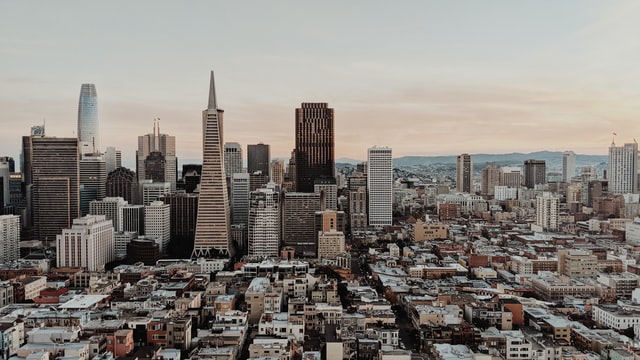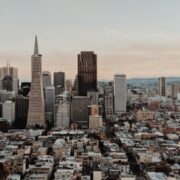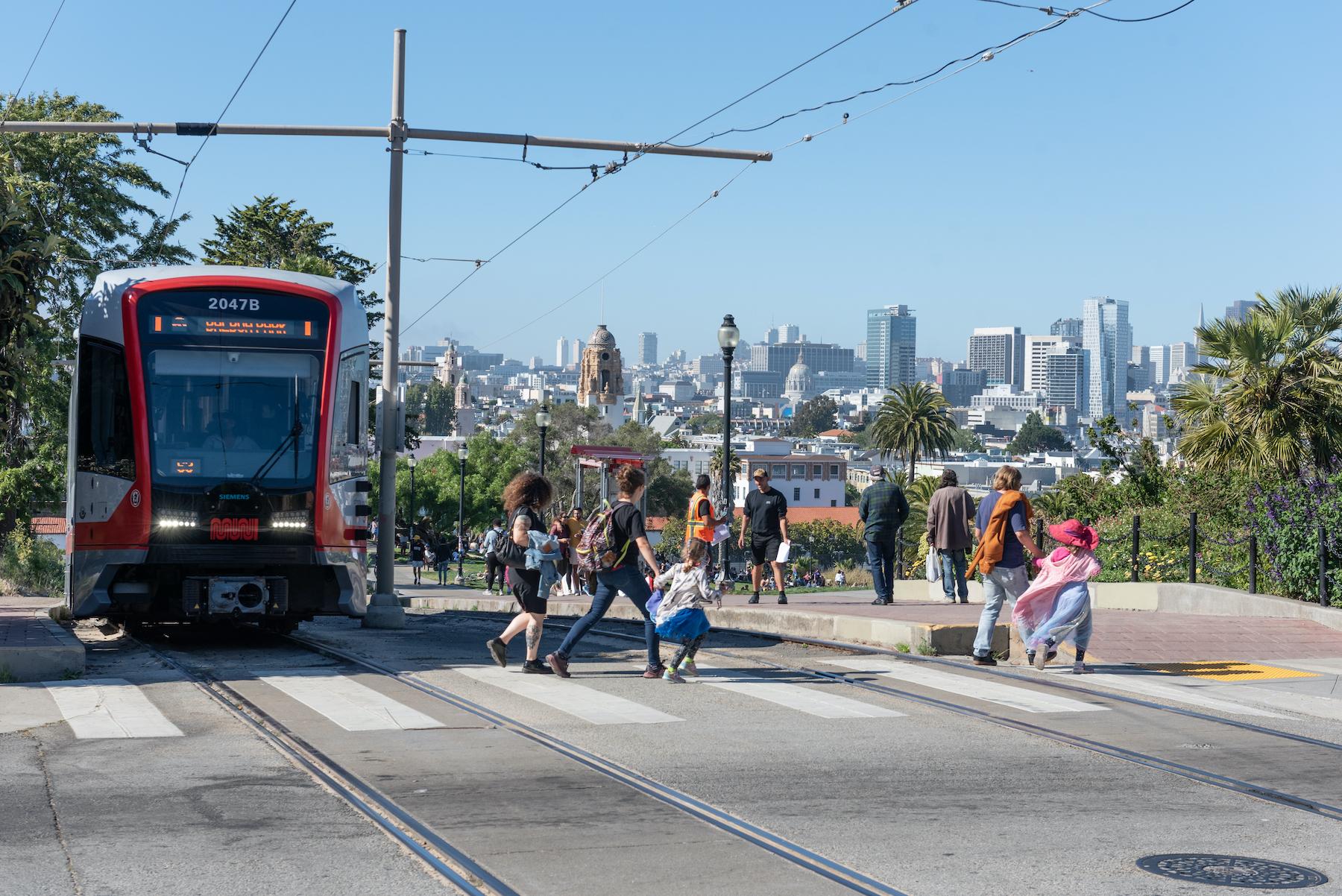
Sacramento, San Joaquin Valley, Southern California trigger state’s regional order
SEVERAL Bay Area counties this week began their stay-at-home orders in another effort to slow the spread of COVID-19.
The order went into effect at 10 p.m. on Sunday, December 6 in Contra Costa, San Francisco and Santa Clara, while the city of Berkeley and county of Alameda began on Monday, December 7 and Marin on Tuesday, December 8.
The six jurisdictions — preemptively acting before the region hits the ICU capacity threshold as set forth by California Gov. Gavin Newsom — moved to close certain non-essential businesses and operations, such as outdoor dining, hair salons, museums, wineries, breweries, bars, movie theaters, and zoos. Restaurants can continue to offer takeout and delivery services.
San Mateo, however, is not under a stay-at-home order after county Health Officer Scott Murrow said there have been not enough data to support that certain activities are driving coronavirus transmission.
“While I don’t have scientific evidence to support this, I also believe these greater restrictions will result in more job loss, more hunger, more despair and desperation (the structure of our economy is, for the most part, if you don’t work, you don’t eat or have a roof over your head), and more death from causes other than COVID,” Murrow said in a statement. “And I wonder, are these premature deaths any less worrisome than COVID deaths?”
On Dec. 3, Newsom announced the regional stay-at-home order, which orders areas of the state to follow certain measures if they have less than 15% ICU availability. The order prohibits private gatherings of any size, closes sector operations except for critical infrastructure and retail, and requires 100% masking and physical distancing in all others.
(Newsom in late November previously introduced a month-long curfew from 10 p.m. to 5 a.m. for counties in the purple tier, over 94% of the state.)
The five regions are broken up by: Northern California, Greater Sacramento, Bay Area, San Joaquin Valley and Southern California.
Northern California encompasses Del Norte, Glenn, Humboldt, Lake, Lassen, Mendocino, Modoc, Shasta, Siskiyou, Tehama, Trinity.
Greater Sacramento entails Alpine, Amador, Butte, Colusa, El Dorado, Nevada, Placer, Plumas, Sacramento, Sierra, Sutter, Yolo, Yuba.
Bay Area covers Alameda, Contra Costa, Marin, Monterey, Napa, San Francisco, San Mateo, Santa Clara, Santa Cruz, Solano, Sonoma.
San Joaquin Valley is Calaveras, Fresno, Kern, Kings, Madera, Mariposa, Merced, San Benito, San Joaquin, Stanislaus, Tulare, Tuolumne.
Southern California spans Imperial, Inyo, Los Angeles, Mono, Orange, Riverside, San Bernardino, San Diego, San Luis Obispo, Santa Barbara, Ventura.
As of this writing, Southern California and San Joaquin Valley are the two regions with ICU capacities that have dropped below the 15% threshold. Greater Sacramento began its regional stay-at-home order on Thursday, December 10, 24 hours after its capacity dropped to 14.3%.
Southern California’s ICU capacity has dropped to 9% and San Joaquin Valley currently to 4.2%, according to the California Department of Public Health on Wednesday, December 9.
Meanwhile, the Bay Area stands at 20.9% and Northern California at 27.1%. Overall, the state’s ICU availability is now at 11.6%.
California recorded 30,851 new cases on Tuesday, bringing the total number of confirmed cases to 1,420,558 to date. Meanwhile, 20,243 fatalities have been reported. The 7-day positivity rate is 10% and the 14-day positivity rate is 8.8%.
What does the regional stay-at-home order mean?
Newsom described the new order as an “emergency brake” to curb the exponential spread of the virus in California where ICU capacity is dire. The order is to remain in effect for the next three weeks, and regions will be able to lift the order on Dec. 28 if the ICU capacity projections for January are above or equal 15%.
“This is the most challenging moment since the beginning of the pandemic,” Newsom said on Monday, December 7. “If there was ever any time to put aside your doubt, to put aside your skepticism, to put aside your cynicism, to put aside your ideology [and] to put aside any consideration accept this: Lives are in the balance. Lives will be lost unless we do more than we’ve ever done.”
All bars, wineries, nail salons, hair salons and barbershops and other personal care services are to close. Restaurants can remain open only for takeout and delivery; indoor and outdoor dining options, which is believed to be a major source for superspreading, are shut down.
Another source of the super spread, large gatherings and parties with people from different households, is also being more closely monitored with this new order.
Unlike the first stay-at-home order issued in March, this new order states that retail stores and shopping centers are allowed to be open at 20% capacity.
In his remarks last week announcing the new order, Newsom recognized that the first stay-at-home order unfairly favored big box retailers, which were allowed to stay open with little restrictions compared to small businesses.
Non-essential travel is “temporarily restricted statewide” and hotels and motels are now only allowed for guests traveling for an “essential reason,” including for work, school or a family emergency.
Meanwhile, offices must allow remote only except for critical infrastructure sectors where remote working is not possible. Places of worship can continue allowing outdoor services, and entertainment production can operate without live audiences.
Outdoor playgrounds were previously ordered to close in the regional directive, but the state quietly backtracked on Wednesday, December 9, allowing them to reopen in counties in the purple tier so long as physical distancing is followed.
San Francisco likewise announced that its playgrounds would be open by Thursday, reminding residents to not use it as an opportunity to gather with others outside of their households.
“I’m glad to hear that the State has updated their Stay at Home order to allow outdoor playgrounds to open. Outdoor activity is important for all of our physical and mental health, especially children,” San Francisco Mayor London Breed wrote in a tweet.
Regarding the enforcement of these rules, Sacramento is largely leaving those decisions to local authorities, but Newsom emphasized that uncooperative counties would see consequences.
“If you’re unwilling to adopt the protocols to support the mitigation and the reduction of the spread of this disease, we’re happy to redirect those dollars to counties that feel differently,” Newsom added.
(With reports from Klarize Medenilla/ AJPress)






